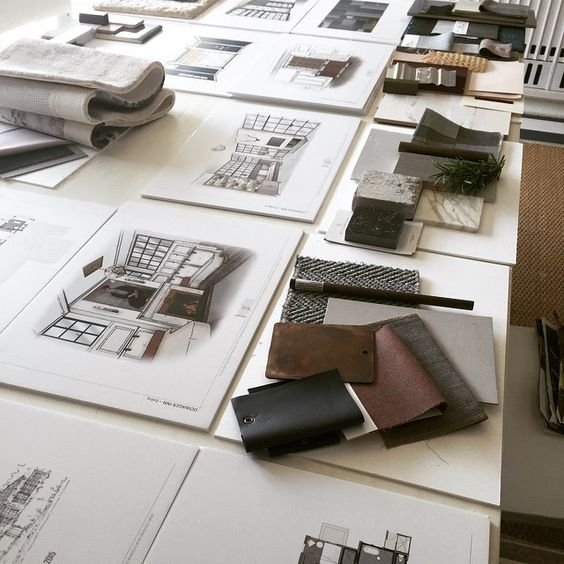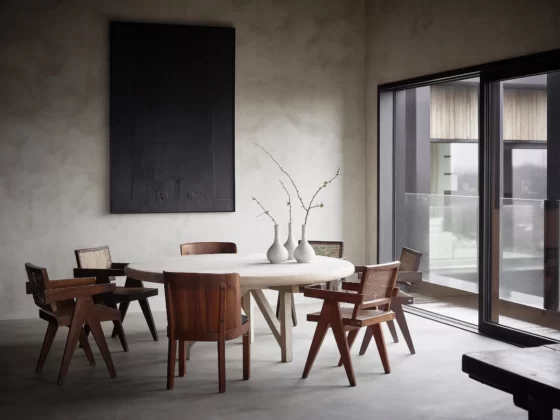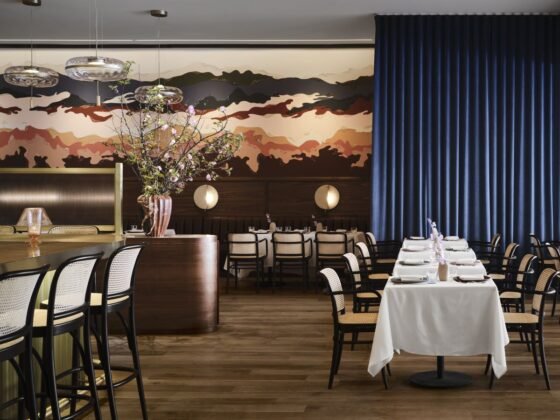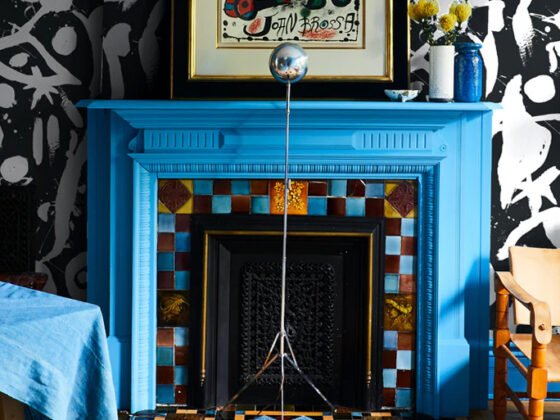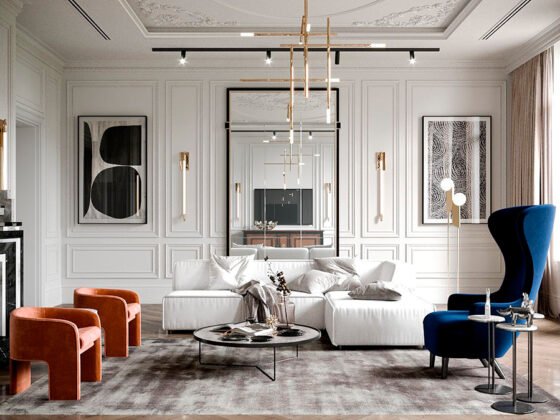A mood board is collage of colours and materials and it can help you to realize your vision in any area, but it is especially useful in interior design.
When you are trying to decide on the perfect interior style, mood board allows you to convey your favourite images, samples of colours and fabrics, which can become a starting point and inspiration for further ideas. But how exactly do you go about making a mood board, and how to make sure you don’t overdo it?
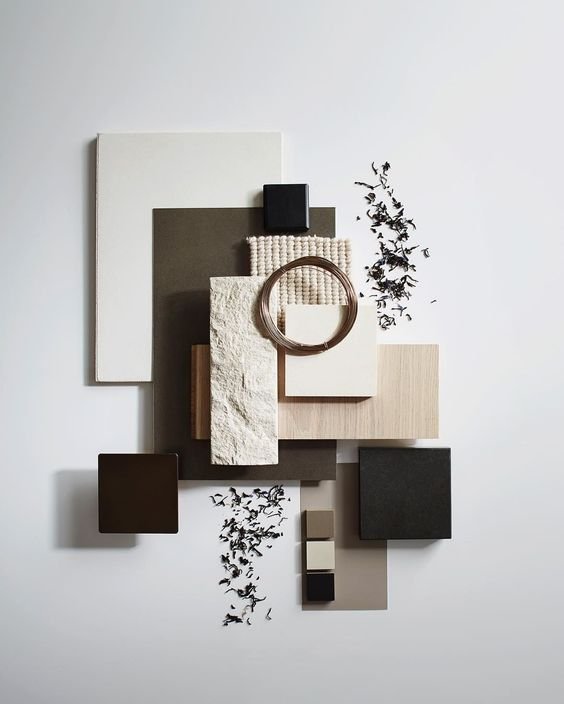
So, the first question that often arises is whether it is worth creating a physical mood board at all? Yes, we have Pinterest, but a physical, “living” collage gives consistency and cohesion to a design, and it allows you to mix and match textures, making it easier to plan ahead. Pinterest is more of an idea generator than a place where you can define a room scheme and refine it.
Choose A Base Colour Or Key Element
When creating your mood board, start with a base colour. Whether it’s your walls, cabinetry, or floor, choose a colour that will take up the most space in the area you’re creating. Inspiration can be found on Pinterest, interior magazines, and you can also add samples of the paint palette – this way the chosen colour stands out.
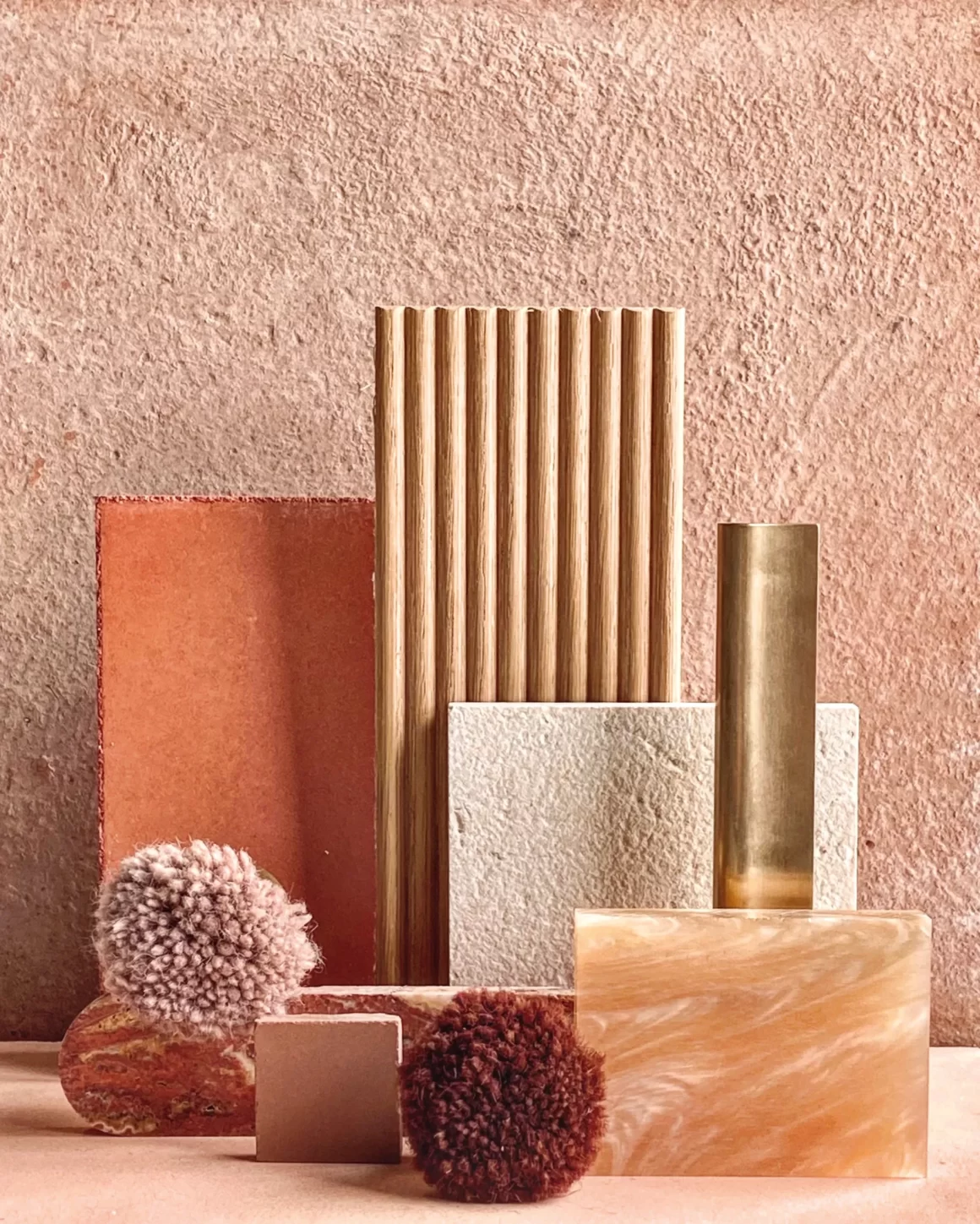
Choos The Materials
You may want to create several mood boards and choose one later, as there will likely be many materials, colours, textures, and accessories that you will like to add before settling on one particular “mood” or theme. Before you start collecting materials, think about the room you are remodeling. If this is your kitchen – will you start from scratch or will there be elements of the existing kitchen? It’s a good idea to take photos of everything that’s left and put the photos on a mood board to see how they fit with the new materials and ideas.
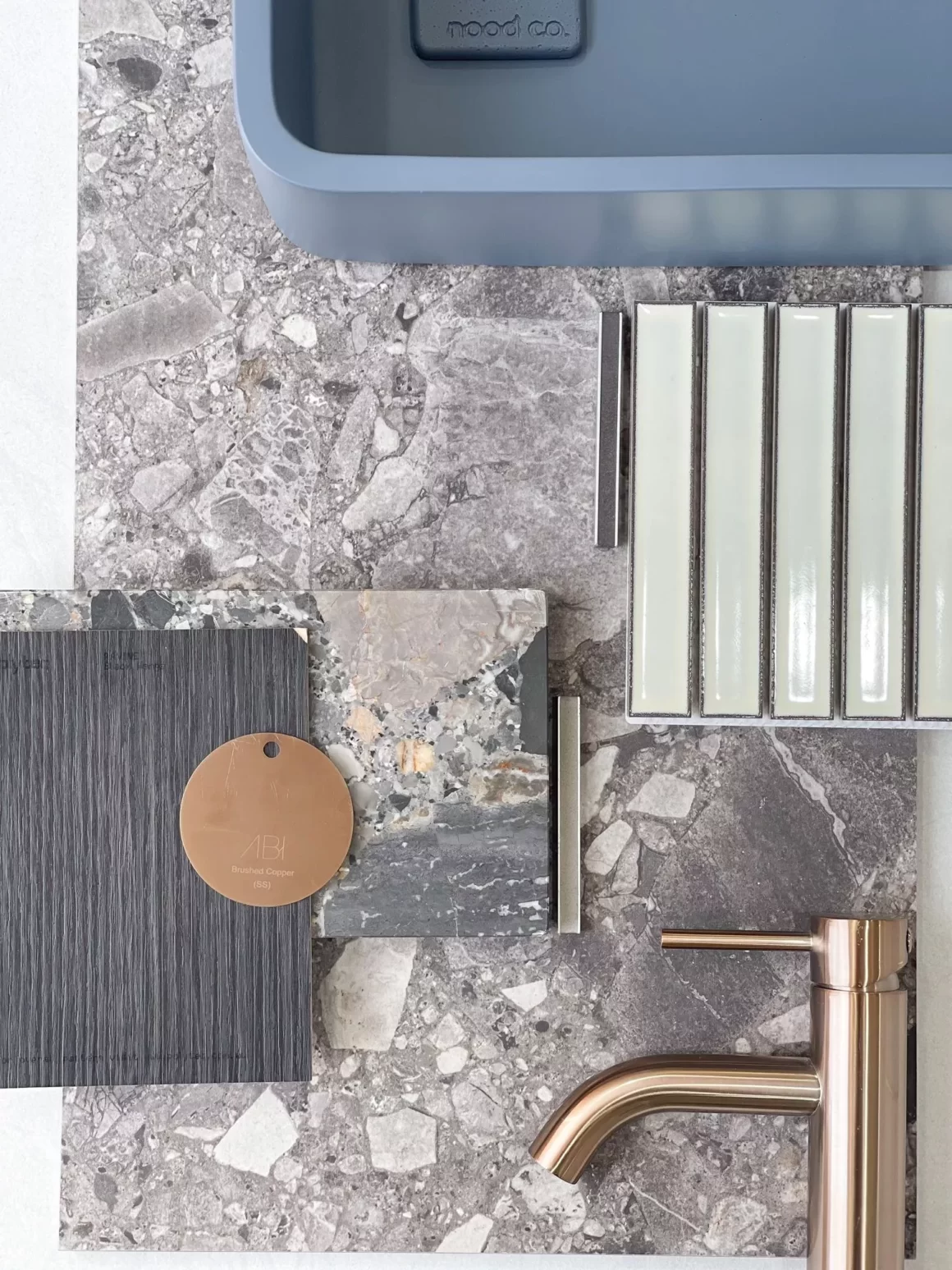
Start with the walls: will it be wallpaper? Paint? Pin any wallpaper or paint samples to the mood board as this will help you decide on a particular style. Pin fabric swatches for furniture and curtains, add photos of flooring, lighting, and appliances from magazines or catalogs. Maybe there’s a certain item you just fell in love with – there’s no reason why it can’t be the basis of your mood board.
It would be perfect to obtain samples of all surfaces and elements. If there is an opportunity, it is worth thinking about how to put all the elements in the collage proportionally. For example, instead of painting just a small swatch of the main wall colour, paint a spare piece of chalkboard or use a piece of paper in that colour as a base. And on the contrary, it makes no sense to put a huge sample of yellow velvet on the mood board, if in the real interior it will be just a couple of accent pillows.
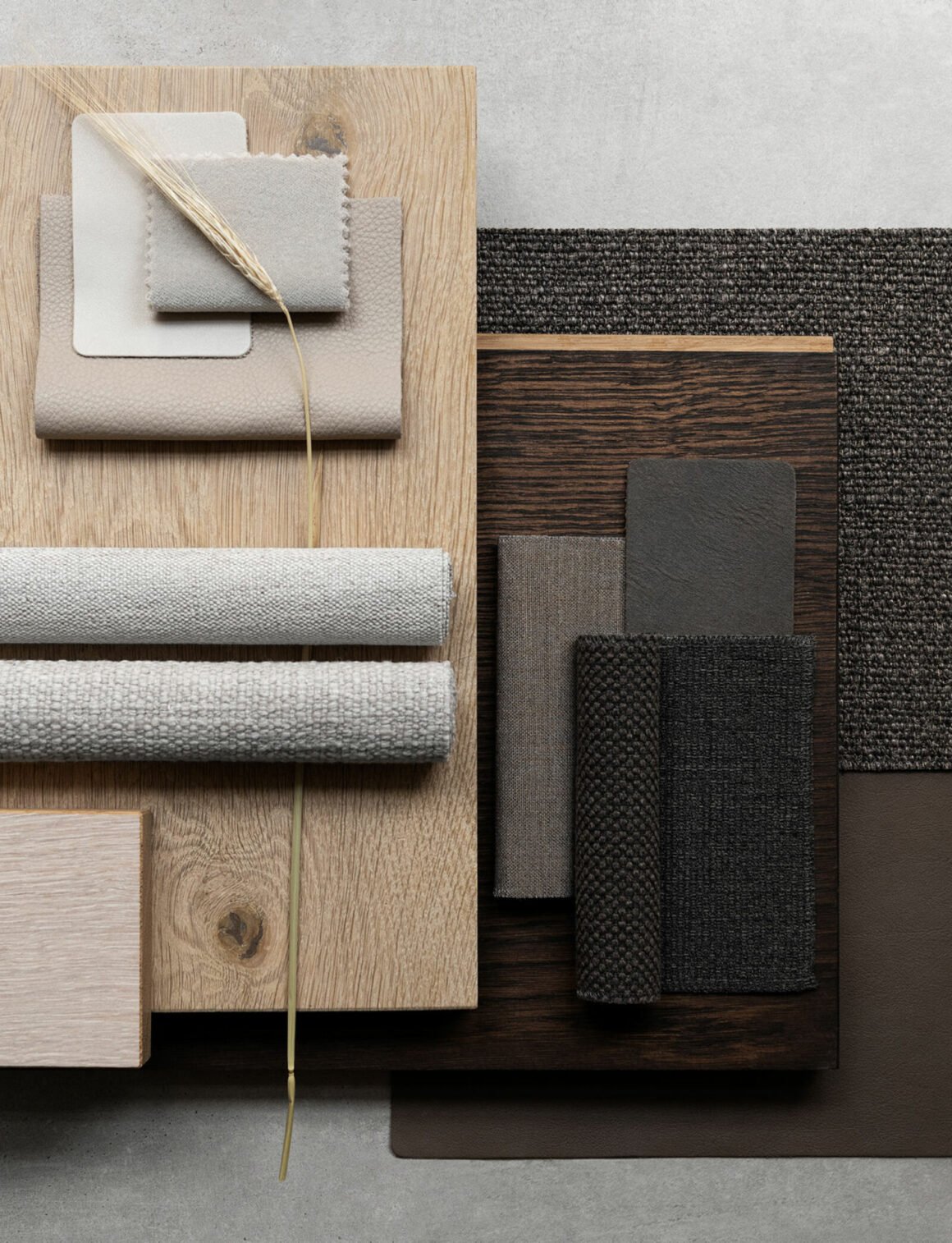
Improve
After gathering all the materials, step back, pause, live with those ideas for a few days. This will help you to refine your thoughts and pick out things that don’t fit or add missing details. Remember that your inspiration doesn’t have to come from magazines, books or the internet. It can come from art or nature. Take a picture of anything that catches your eye and attach it to your mood board, maybe it will spark a new thought. Good luck!

